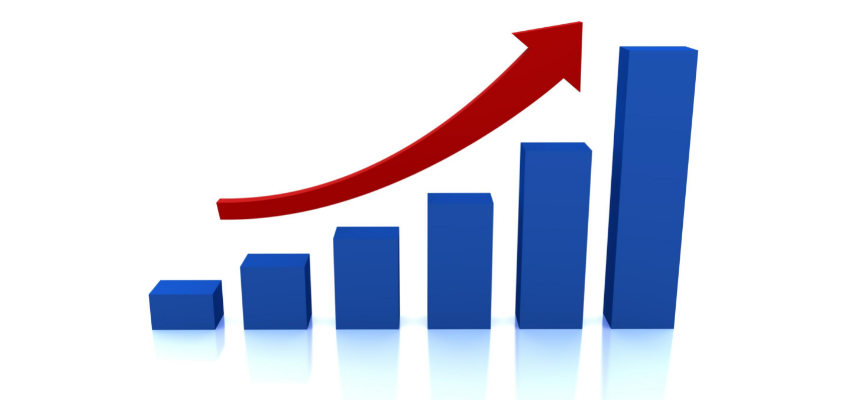Show:
3 Best Practices with Examples How to Use Trigger Emails
Triggered emails, unlike typical email nurturing programmes (which send a series of emails at a predetermined interval), are designed to send out as soon as someone visits one of your digital properties and does a specified action.
One of the finest ways to personalise your digital marketing efforts is to send triggered emails based on user activity. This allows you to tailor your messaging based on those actions.
In fact, triggered email campaigns had a 70.5 percent greater open rate than standard email nurturing efforts, according to a WebFX study.
For example, if a known potential customer visits your website to learn more about a specific product or service line but leaves before downloading an instructive file or completing a contact form, trigger email marketing can be effective.
You may take advantage of this opportunity to engage by immediately sending them a follow-up email informing them of all the fantastic information or items they’re missing out on.

Because trigger email marketing is predicated on relevancy and timeliness, you’ll need to create emails that send the appropriate messaging based on how the prospect interacts (or doesn’t) with your digital assets and content.
1. Welcome Trigger Emails
Welcome emails have a greater open rate than practically any other type of direct marketing message. When someone signs up for your newsletter, joins your loyalty programme, or creates an account on your eCommerce site, you have the chance to make a lasting impression that will keep them coming back for more!
Are you looking for a triggered email example to use as inspiration for your welcome series? With a bright, entertaining, and highly personalised welcome email, Chuck E Cheese’s sets the tone for its brand engagement with new rewards programme members.
The brand blends dynamic visuals that change according to the subscriber’s name, a live map that indicates the route to the nearest place, and real-time geo-data to give new members everything they need to start planning their next visit right immediately.
In a welcome series, sophisticated email marketers send various messages. This method gives marketers more options for directing customers to high-value activities. Consider emphasising your top customers in a multi-step welcome flow if they have a loyalty membership, follow you on Instagram, and have stated precise product preferences.
How to compose a welcoming trigger email.
First and foremost, you should explain why you are contacting your customers. Second, you can request their personal information in this email if you haven’t already. Include a proper form. You can also ask your clients to specify their preferences so that you can send them more relevant material. Finally, give a few lines about your company and what your subscribers will receive by subscribing to your newsletters. “You will receive our latest news biweekly,” for example.
2. Confirmation Emails
It should be self-evident that confirmation emails are meant to confirm something. They do, however, affirm the following: Order and shipping; reservation/booking; subscription/registration; event registration.
Emails confirming subscriptions and registrations: Users who have successfully subscribed or registered with your website will receive subscription/registration confirmation emails. According to GDPR regulations, you should utilise double opt-in forms for subscriptions and registrations.
When should confirmation emails be sent?
Send out all forms of confirmation trigger emails as soon as possible. Allowing your consumers to wait and become anxious is not a good idea. They exhale and relax as soon as they receive confirmation of their registration or order email. Especially if the product has already been paid for.
Let’s look at an example that you might be more familiar with. It’s a product from Amazon. You get the standard confirmation information, such as a snapshot of the object, the purchase amount, and the shipping method: However, towards the bottom of the page, Amazon makes recommendations depending on what you purchased. These CTAs take you straight to the product’s sales page.

3. Automated Feedback Email
Quick follow-ups lead to the development of relationships. By soliciting input from your clients, you may build a stronger relationship with them. Feedback allows you to improve, and it allows you to see what your clients like best at your online company store. As soon as the client or customer has completed the transaction, an automatic email should be sent to their inbox to let them know how much value you place on each of your customers.
It’s simple to set up automated feedback trigger emails.
You can quickly add a personal touch to the email’s content.
You may collect information about people’s shopping behaviours and store it in your database, then utilise additional email triggers to generate leads later.
While there is no one-size-fits-all approach to gathering input, there are a few typical models. Customers can, for example, define their issue or worry, tie it to a general category, and then explain it in detail using open-ended feedback forms. A website feedback form, on the other hand, might employ checkboxes or drop-down lists to evaluate customer interest, or a survey-based feedback form allows them to respond to questions about recent contacts. What’s the bottom line? It’s not so much what kind of form you choose as it is how you design and use it. Your feedback form should have clean-looking features, clear questions, and easy-to-understand directions, regardless of the framework.
Tell them when you’ll get back to them and when you’ll get back to them. You can also include your hours and contact information, but don’t go into too much detail — keep it short and sweet (a tip that stands true in the case of pretty much every automatic email responder). Here’s an example of what that autoresponder could look like:
Greetings, [Name],
Thank you for taking the time to write to us. We received your mail regarding [Topic] and will respond within 24 hours. Until then, you can reach us at 555-12345 or send an email to company@companyname.com.
Your [Company Name] Workforce
Only custom variables that are already present in your form before the user submits it can be used.

 Return to Previous Page
Return to Previous Page








